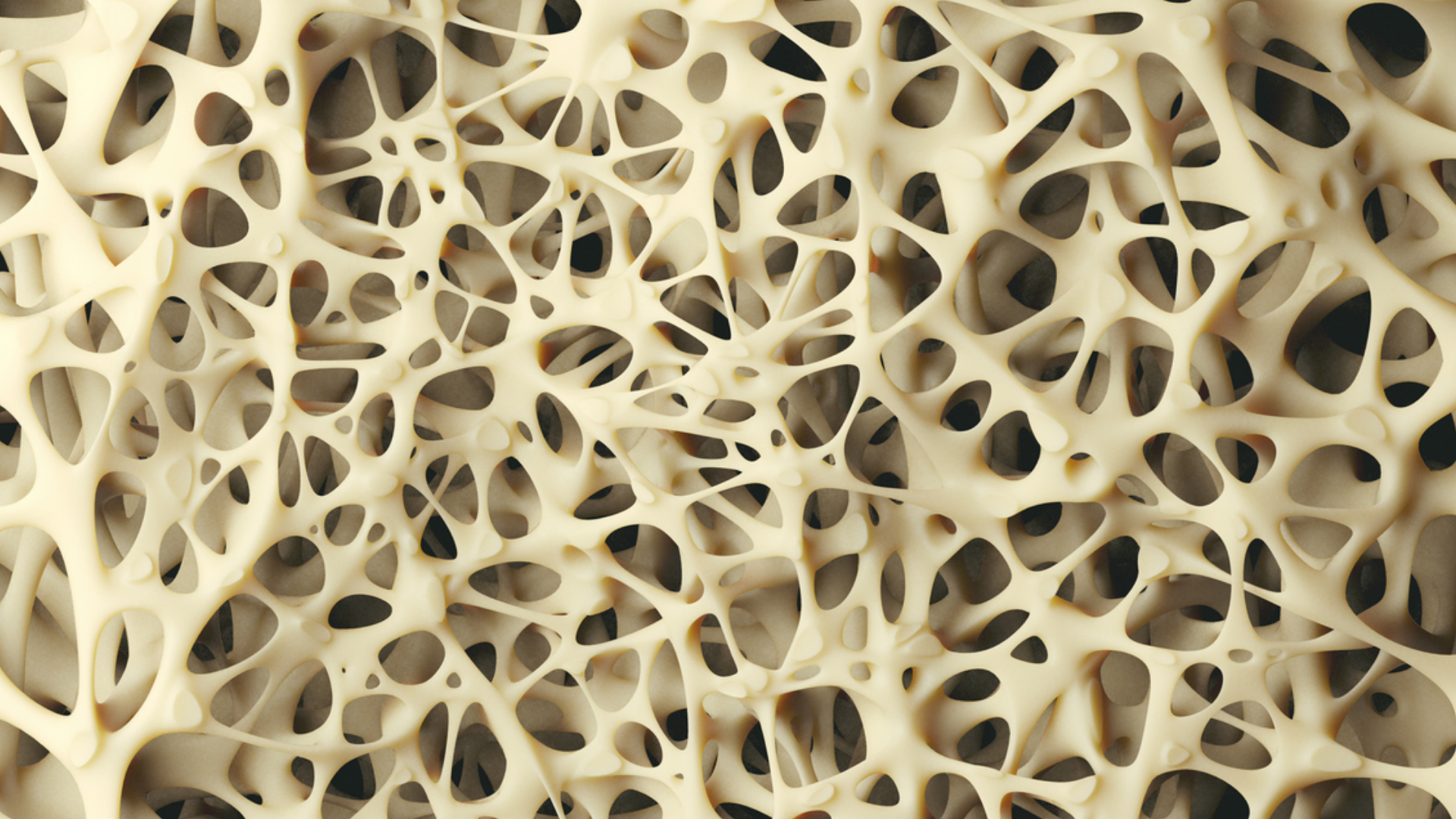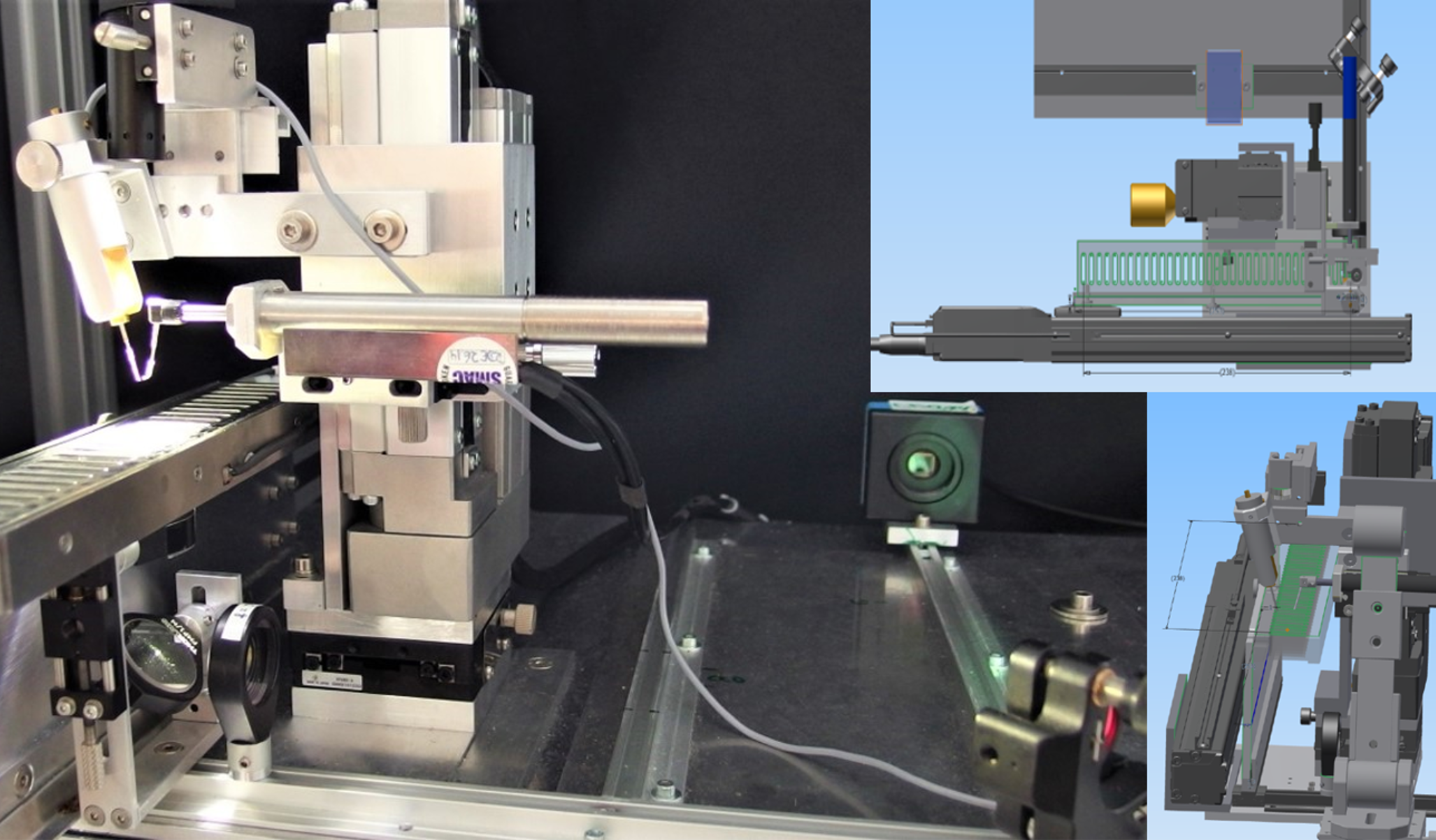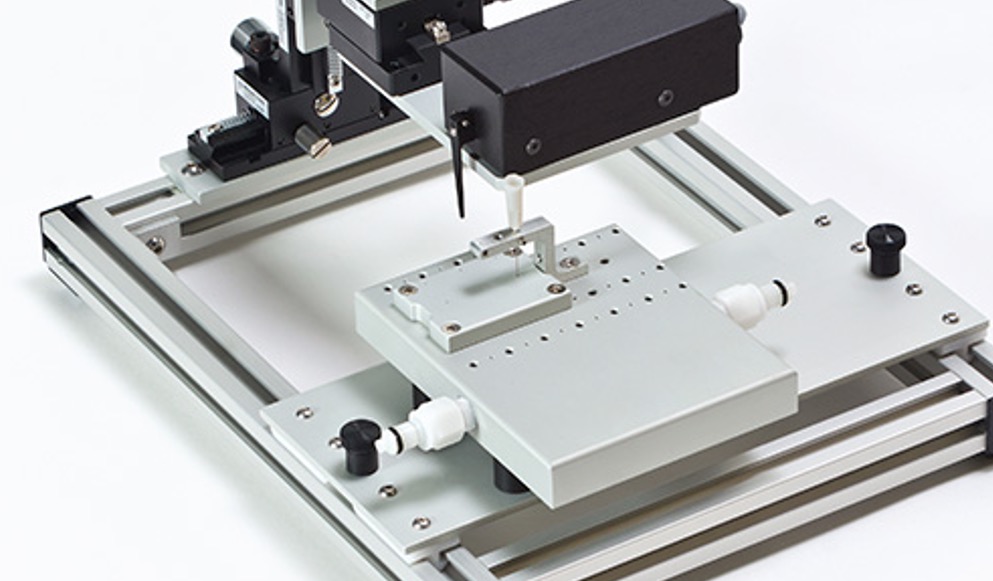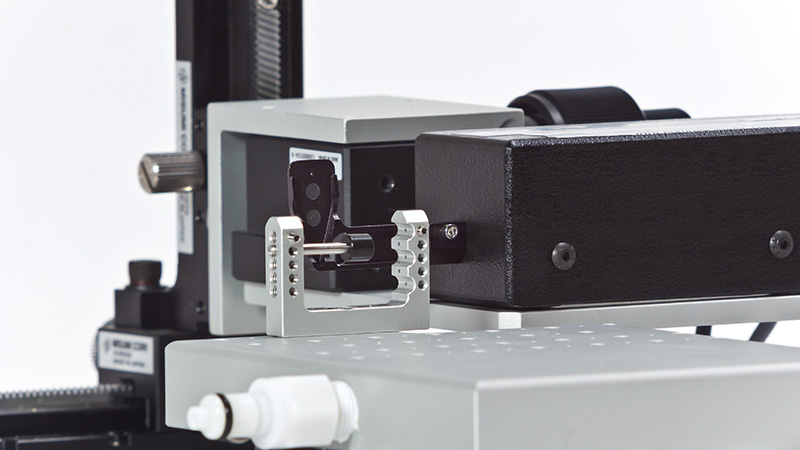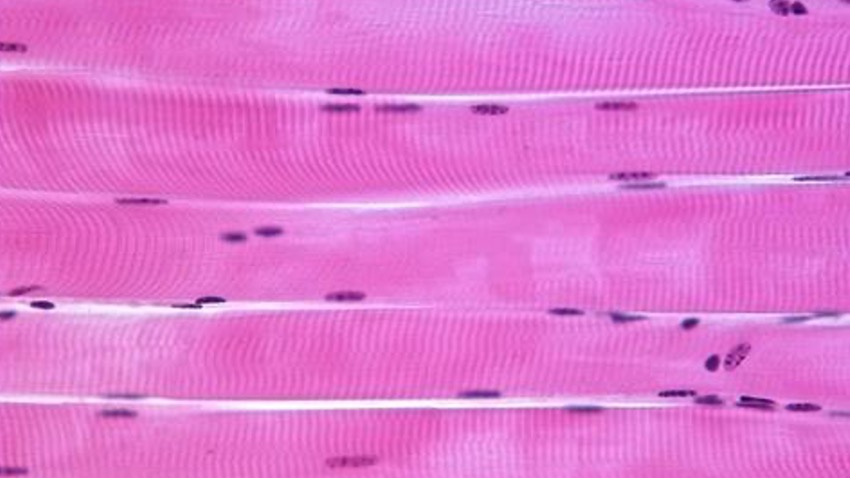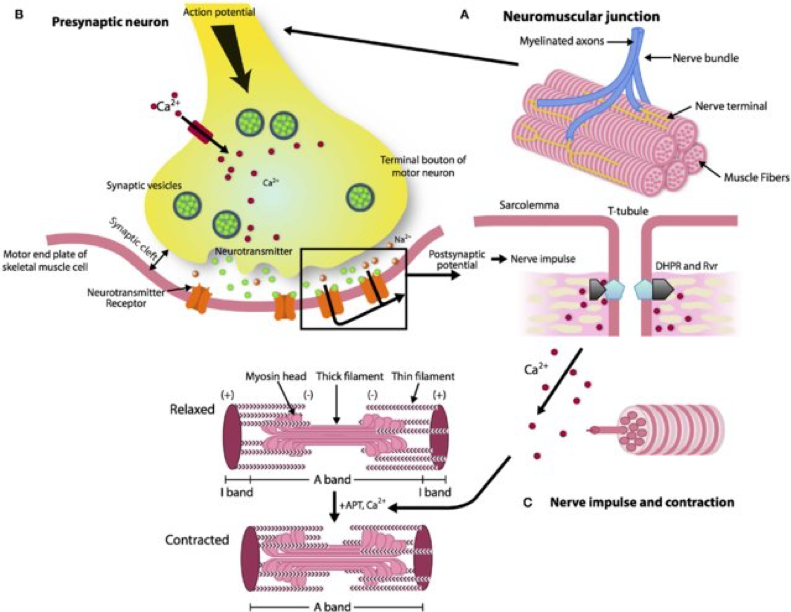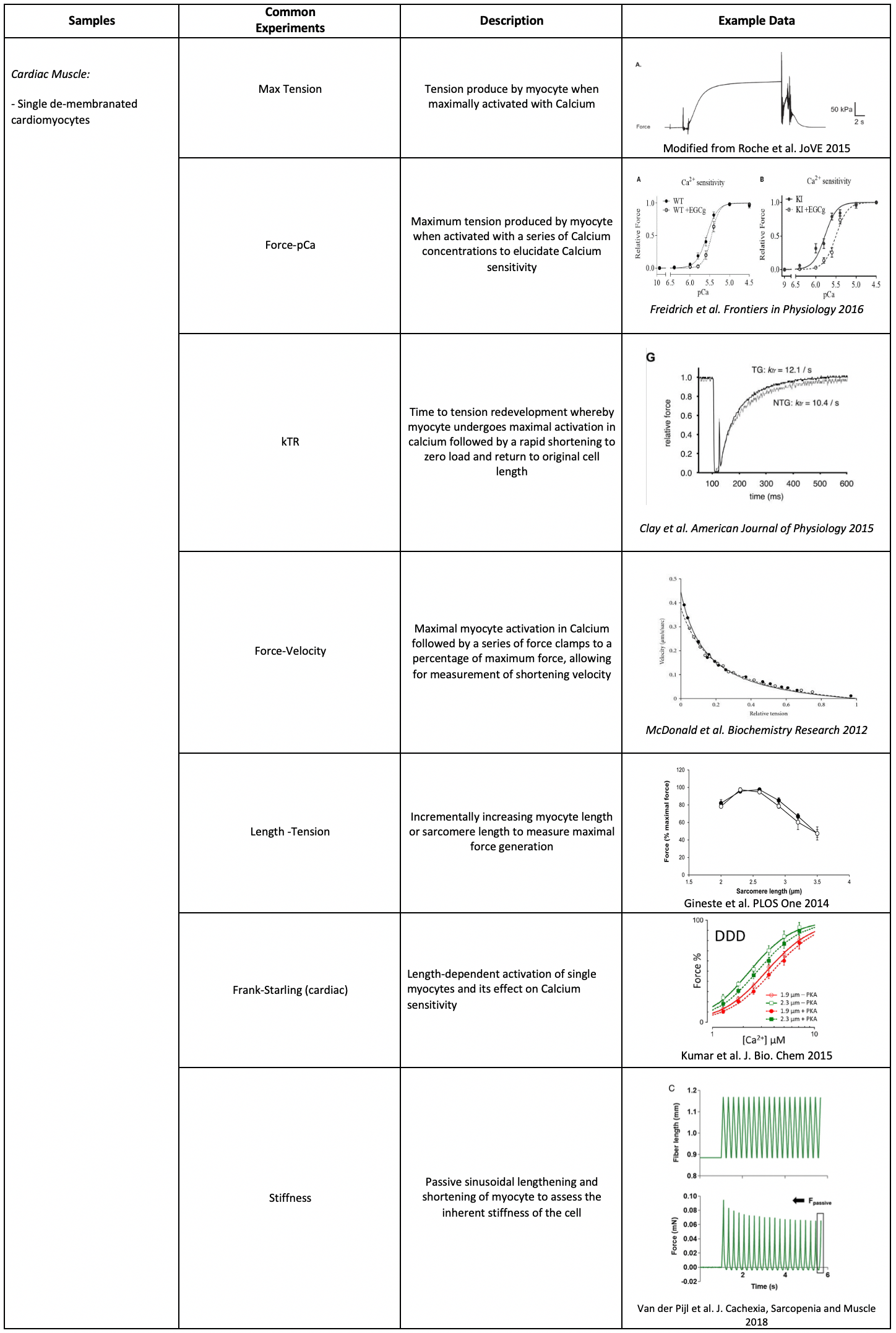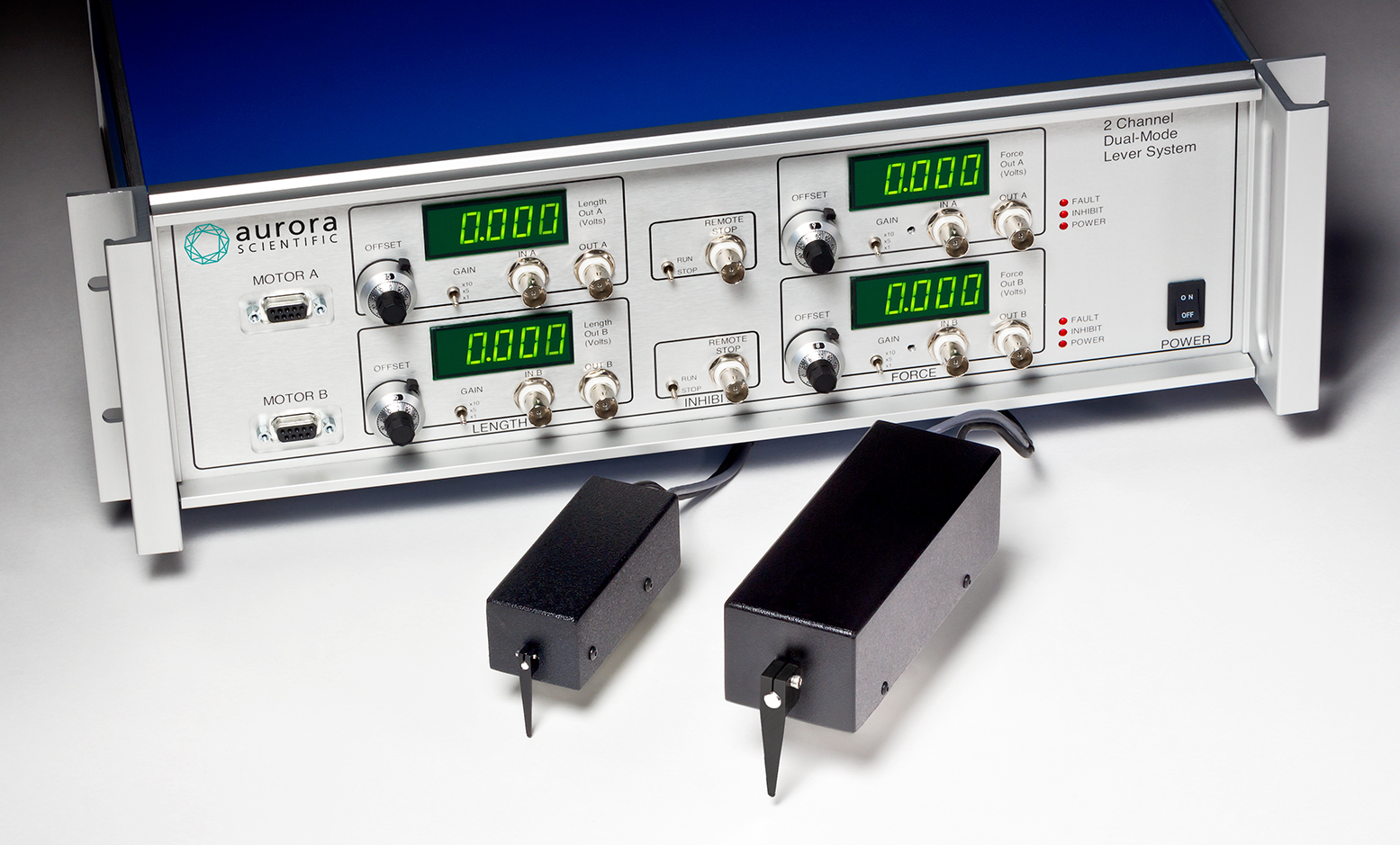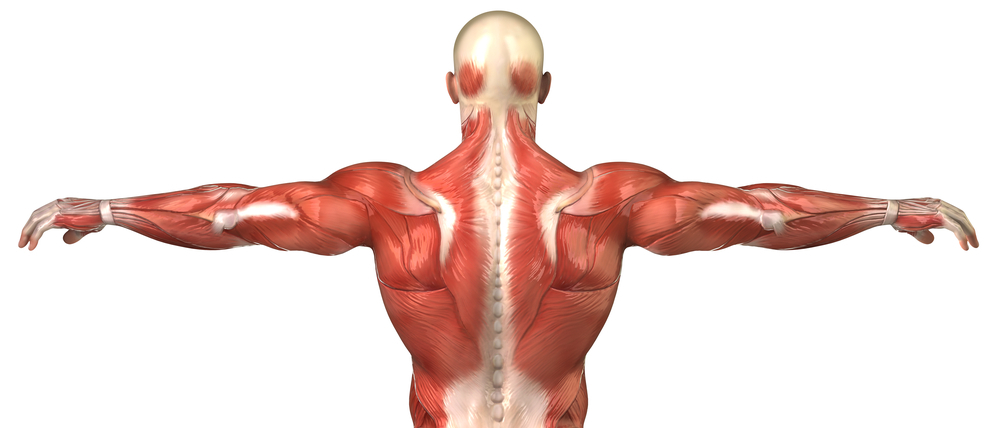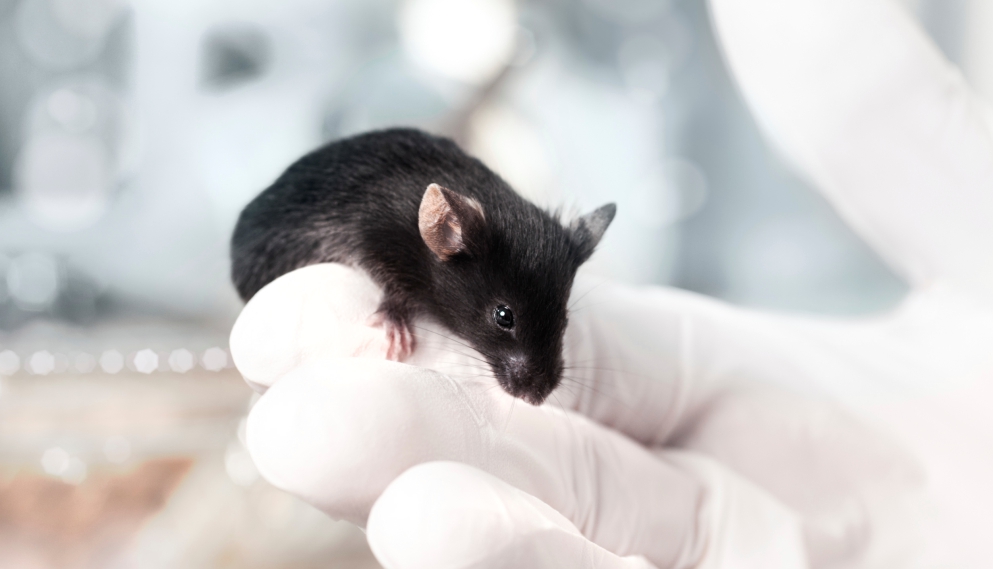A Step Further: Customizing the 3-in-1 Whole Animal System
In scientific experimentation, the products available do not always fit the model perfectly. Many labs build their own devices
Tips and Tricks for Troubleshooting the 300C Dual-Mode Muscle Levers
Here we will cover some of the more common issues that researchers encounter when using our Dual-Mode Lever System. If
Cell Deformation and Mechanical Force Stimulation to Study Cellular Structure and Function
Cells are constantly experiencing mechanical forces, whether from the external environment, cells around them, or internal physiological changes. These
A Step Further: Augmented Muscle Mechanics Measurements
In scientific experimentation, the products available do not always fit the model perfectly. Many labs end up building their
Tips and Tricks for Measuring Muscle Function in-situ
Aurora Scientific’s 1300A/1305A Isolated Muscle systems have been relied upon by researchers worldwide for nearly 20 years. Though the systems
Optogenetics and Muscle Activity; the Inhibitory and Stimulatory Effects of Light in Neuromuscular Research Applications
Neuromuscular disorders can have severe symptoms that effect the ability to complete even simple daily activities. While their root
Case Studies in the Assessment of Skeletal Muscle Function in Rodent Models of Cancer Cachexia
The maintenance of muscle mass is critical in the fight against cancer. Reduced muscle function is associated with a
A Look at Bone-Muscle Crosstalk From in-vivo and in-vitro Perspectives
The bone-muscle interface can be thought of as a lever system: the joint acts as the fulcrum while the
Tips and Tricks for Measuring Muscle Function in-vitro
Aurora Scientific’s 1200A/1205A Isolated Muscle systems have been relied upon by researchers worldwide for nearly 20 years. Though the systems
Tips and Tricks for Measuring Muscle Function in-vivo
Aurora Scientific’s 1300A/1305A Whole Animal Systems have been instrumental in providing the research community with a tool to characterize
Why Sarcomere Length Matters For Contractile Measurements
The architecture of striated muscle consists of a number of components that work in conjunction to generate a contraction.
Constant Current vs Constant Voltage Stimulation
For any new or novice user of an Aurora Scientific system, one of the major questions that will always
Organize and Streamline Data Collection with DMC LabBook
In this four-part Tech Cast Series, Matt Borkowski takes the viewer though the key new features and upgrades to the new 615A - DMC LabBook Software. Watch the series from start to finish, or choose ...
Commonly Used Samples and Experiments using Isolated Muscle Systems for Mice and Rats
Aurora Scientific offers several different test systems to evaluate the various structural levels of muscle. However, there are many
Commonly Used Samples and Experiments using Whole Animal Systems
Aurora Scientific offers several different test systems to evaluate the various structural levels of muscle. However, there are many
Commonly Used Samples and Experiments for Aurora Scientific Systems
Aurora Scientific offers several different test systems to evaluate the various structural levels of muscle. However, there are many examples
Sometimes two is better than one…
Muscle levers and force transducers have long been critical research tools for measuring the mechanical and functional properties of
The Ins and Outs of Muscle Contractions
Imagine you are sitting on a sofa, feeling comfortable and you’re getting thirsty. Then you notice there is a
Experimental Methods for In-Vivo (Footplate) Procedures
This blog is intended to give a brief and general overview of how to adequately perform in-vivo footplate experiments
Mouse Models of Duchenne Muscular Dystrophy (DMD)
Duchenne Muscular Dystrophy (DMD) is a genetic disorder causing progressive muscle weakness due to an inability to produce functional
Non-invasive Assessment of Dorsiflexor Muscle Function in Mice
Frederico Gerlinger-Romero and colleaguesdescribe how to conduct repetitive, non-invasive in vivo assessment of the dorsiflexor muscles over time in the same ...

